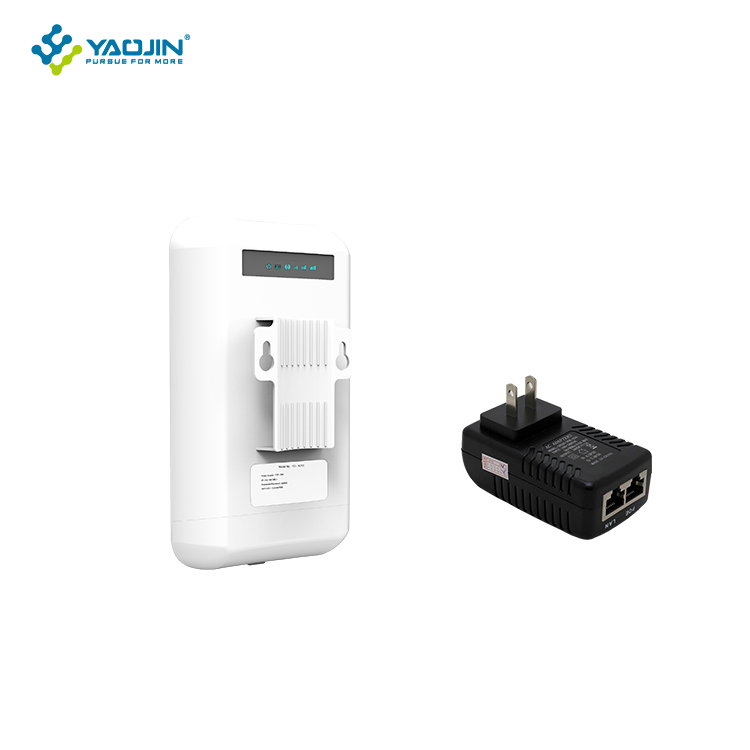Aspects associated with Wi-Fi indoor/outdoor wireless routers
2024-02-29
A Wi-Fi indoor/outdoor wireless router is a networking device that provides wireless internet connectivity both within a building (indoor) and in the surrounding outdoor areas. These routers are designed to offer Wi-Fi coverage in a broader range, extending beyond the confines of a building. Here are key aspects associated with Wi-Fi indoor/outdoor wireless routers:
1. Dual-Band or Tri-Band:
- Many indoor/outdoor routers support dual-band or tri-band functionality. Dual-band routers operate on both 2.4 GHz and 5 GHz frequencies, while tri-band routers add an additional 5 GHz band. This helps in minimizing interference and optimizing performance.
2. Outdoor Coverage:
- These routers are equipped with antennas and signal amplifiers to provide extended coverage in outdoor spaces such as gardens, patios, or yards. They often have weather-resistant or waterproof designs to withstand outdoor conditions.
3. Indoor Coverage:
- Indoors, these routers function like regular Wi-Fi routers, providing wireless connectivity within the building. They may have features like beamforming to focus the Wi-Fi signal in specific directions.
4. High-Gain Antennas:
- To enhance coverage both indoors and outdoors, these routers typically come with high-gain antennas that can transmit the Wi-Fi signal over longer distances.
5. Mesh Networking:
- Some advanced indoor/outdoor routers support mesh networking, allowing users to create a seamless Wi-Fi network across a larger area. Additional nodes or satellites can be added to improve coverage.
6. MU-MIMO Technology:
- MU-MIMO (Multi-User, Multiple Input, Multiple Output) technology enables the router to communicate with multiple devices simultaneously, enhancing overall network efficiency and performance.
7. Security Features:
- Security is a crucial aspect, and these routers often include advanced security features such as WPA3 encryption, firewall protection, and guest network options to secure both indoor and outdoor networks.
8. Remote Management:
- Some routers offer remote management capabilities through mobile apps or web interfaces, allowing users to monitor and control their network even when they are outside the physical location.
9. Quality of Service (QoS) Settings:
- QoS settings enable users to prioritize certain types of traffic, ensuring a smooth and reliable internet experience for critical applications.
10. Ethernet Ports:
- Indoor/outdoor routers may include Ethernet ports for wired connections, allowing devices to be connected directly for enhanced stability and performance.
11. Power over Ethernet (PoE):
- Some outdoor routers support Power over Ethernet, allowing them to be powered and connected through a single Ethernet cable. This is particularly useful for outdoor installations where power outlets may be limited.
12. Weatherproofing:
- Outdoor routers are designed to be weather-resistant or weatherproof, protecting them from rain, dust, and other environmental factors.
13. Installation Options:
- These routers may support various installation options, including wall-mounting or pole-mounting, to facilitate outdoor deployments.
14. Compatibility with External Antennas:
- Some models allow the connection of external antennas, providing users with the flexibility to optimize their coverage by choosing specific antenna types.
15. Parental Controls:
- Parental control features allow users to manage and restrict internet access for specific devices, ensuring a safe online environment.
When selecting a Wi-Fi indoor/outdoor wireless router, consider factors such as coverage range, frequency bands, security features, and installation options to meet the specific requirements of both indoor and outdoor networking needs.



